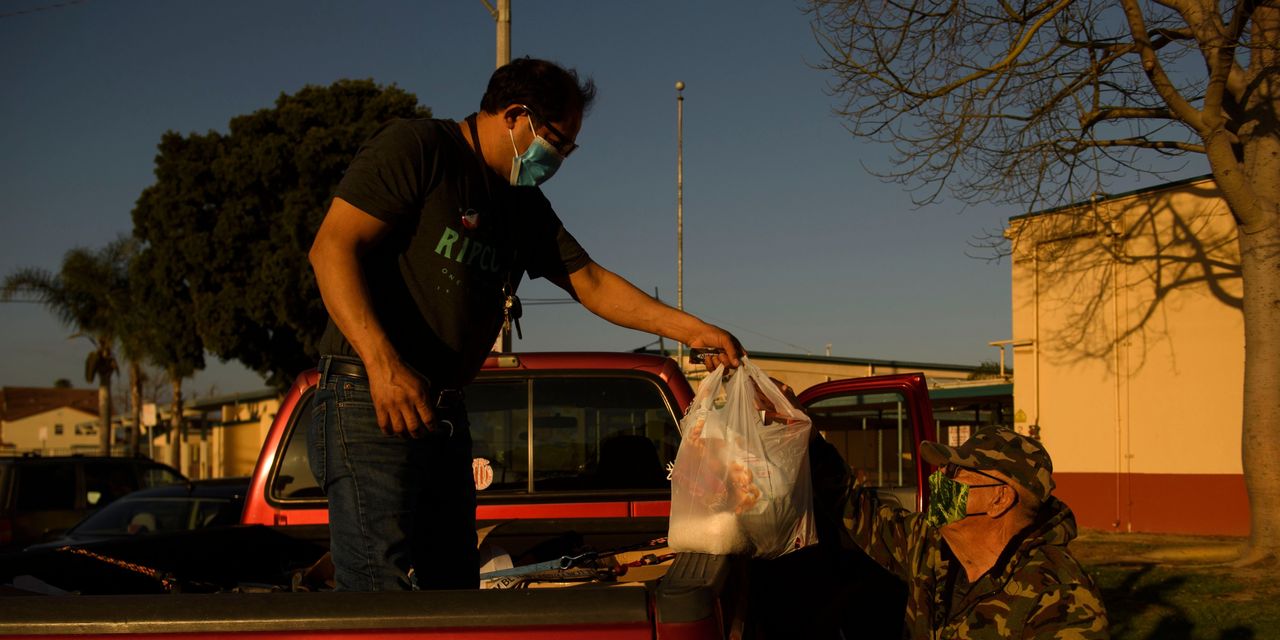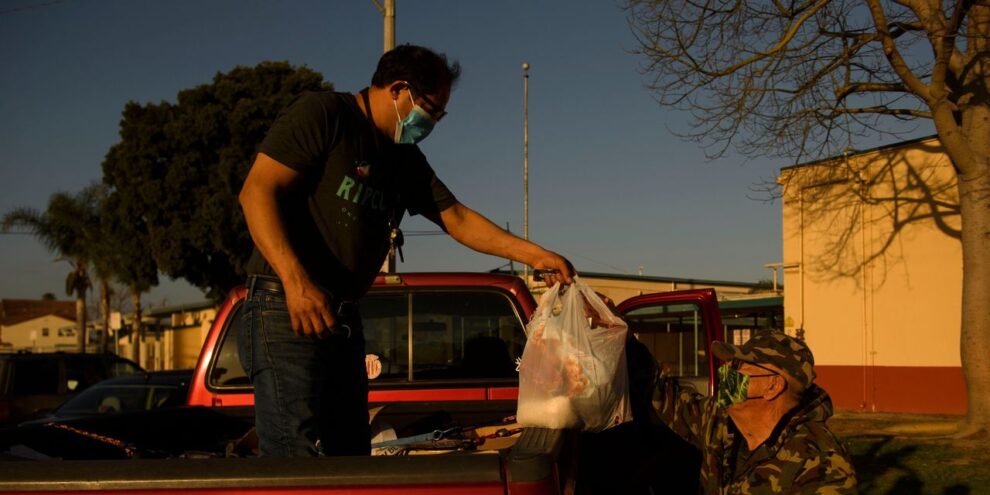
The numbers: New applications for U.S. unemployment benefits rose in mid-February to a four-week high of 861,000, showing lots of Americans are still losing their jobs nearly a year after the onset of the coronavirus pandemic.
Initial jobless claims filed traditionally through the states rose by 13,000 to 861,000 in the seven days ended Feb. 13, the government said Thursday.
It was even worse than it looked. New claims from two weeks ago were revised up to 848,000 from 793,000.
The government has sharply revised its estimate of new claims two weeks in a row, an unusual pandemic-related phenomenon that reflects ongoing struggles by the states to process applications for unemployment benefits. That’s made the weekly report a far less reliable bellwether of the labor market.
Economists surveyed by Dow Jones and The Wall Street Journal had forecast new claims would fall to a seasonally adjusted 770,000.
Another 516,299 applications for benefits were filed through a temporary federal-relief program. Adding up new state and federal claims, the government received 1.38 million applications last week for unemployment benefits, based on actual or unadjusted figures.
Combined claims have yet to drop below 1 million a week since last May. Before the pandemic, new claims were running in the low 200,000s and they had never risen by more than 695,000 in any one week.
See: A visual look at how an unfair pandemic has reshaped work and home
What happened: New applications for jobless benefits rose the most in Illinois, California and Virginia. The biggest declines took place in Texas and Georgia.
The number of people already collecting traditional unemployment benefits, meanwhile, fell by 64,000 to a seasonally adjusted 4.49 million. These claims are reported with a two-week lag.
Yet an additional 4.06 million who have exhausted state compensation are getting benefits through an emergency program funded by the federal government.
Altogether, the number of people reportedly receiving benefits from eight separate state and federal programs was put at an unadjusted 18.3 million as of Jan. 30, down 1.33 million from the prior week.
Fewer than 2 million people were getting benefits before the pandemic erupted.
Read: Inflation worries are back. Here’s what you should worry about — and what you shouldn’t.
Note to readers: Until very recently jobless claims have correctly reflected the rise and fall in unemployment during the pandemic, but a government review found the number of distinct individuals applying for and collecting benefits has been inflated by fraud, double counting and other problems. Economists say to pay attention to the direction of claims instead of the totals.
Read: Jobless claims inflated, GAO finds
Also: Why the inaccurate jobless claims report is still useful to investors
The big picture: Forget the erratic jobless claims numbers for now. They’ll probably be skewed in the coming weeks by winter storms, the power outage in Texas and a heavy backlogs of applications that some states says includes many fraudulent ones.
The economy appears to be perking up again as coronavirus cases decline, government restrictions on business are removed and Americans spend their stimulus checks. More workers are likely to go back to their jobs or get hired, driving unemployment lower.
Millions of people are still out of work, however, and it could take quite some time for most of them to find employment. The official jobless rate is double the pre-pandemic level of 3.5%, and unofficially, it’s as much as three times higher, economists estimate.
What they are saying? “The unemployment claims data remain a mess,” said Amherst Pierpont Securities chief economist Stephen Stanley.
“An extraordinarily high number of people remain on government support,” said Rubeela Farooqi, chief U.S. economist at High Frequency Economics. “Conditions in the labor market will improve gradually and job growth will benefit from virus related restrictions being lifted. However, a stronger recovery will remain out of
reach until the economy can reopen fully.”
Market reaction: The Dow Jones Industrial Average DJIA, -0.80% and S&P 500 SPX, -0.91% fell in Thursday trades.











Add Comment